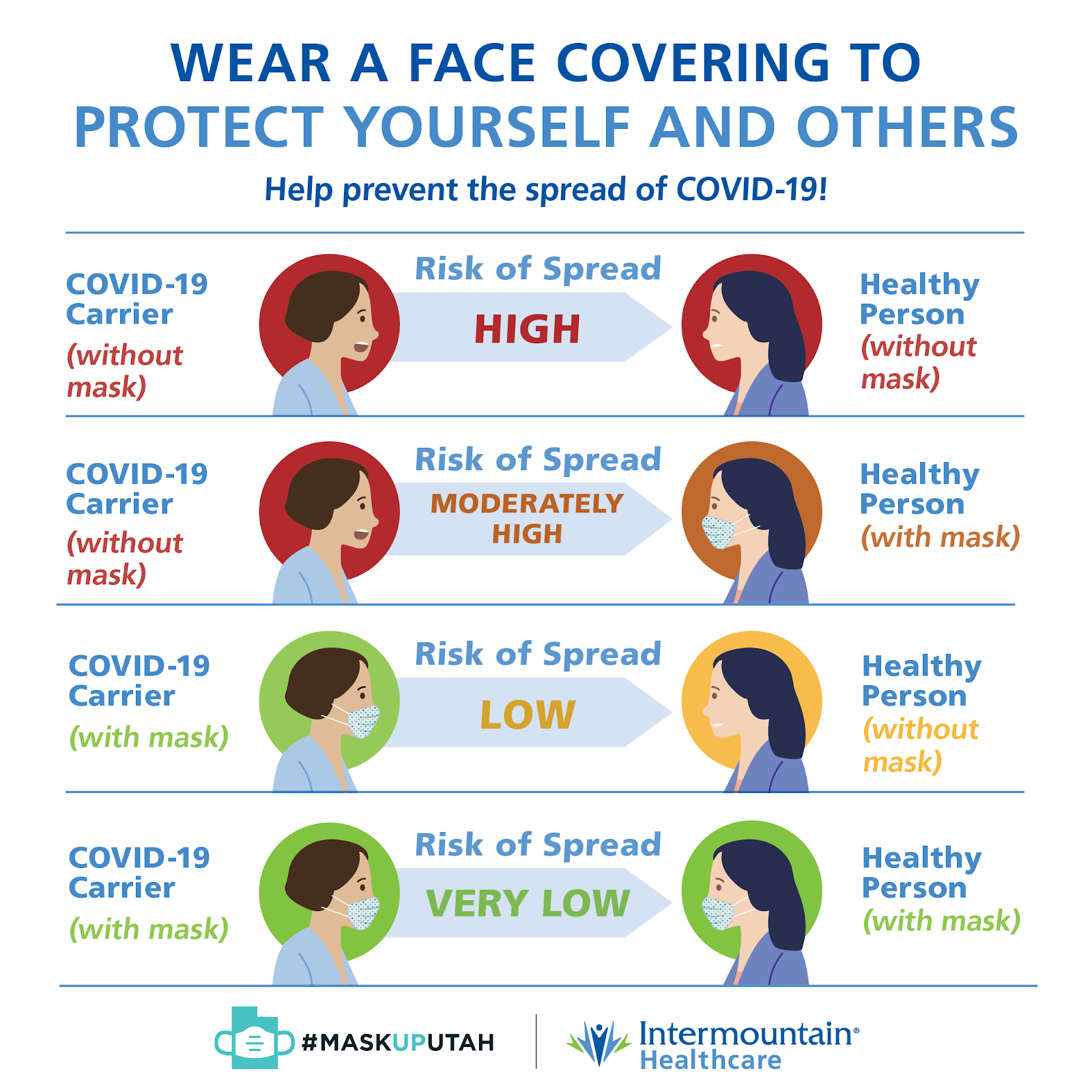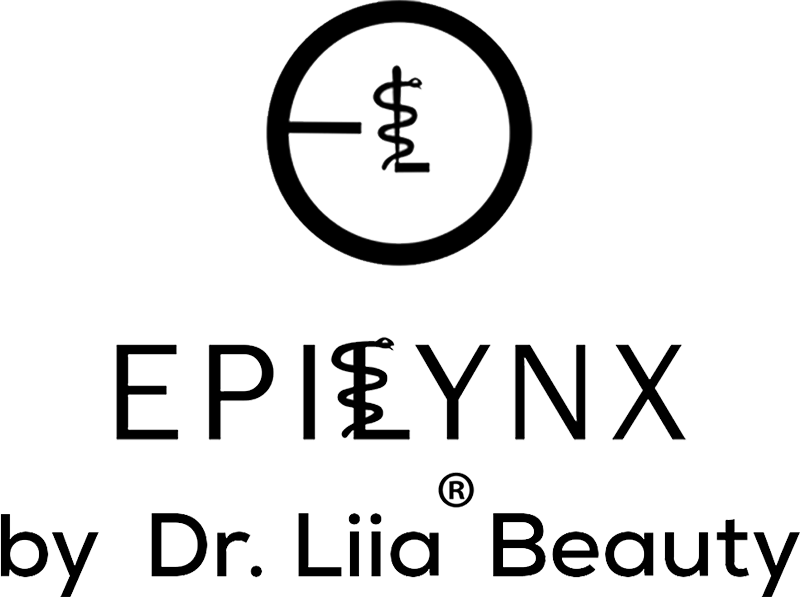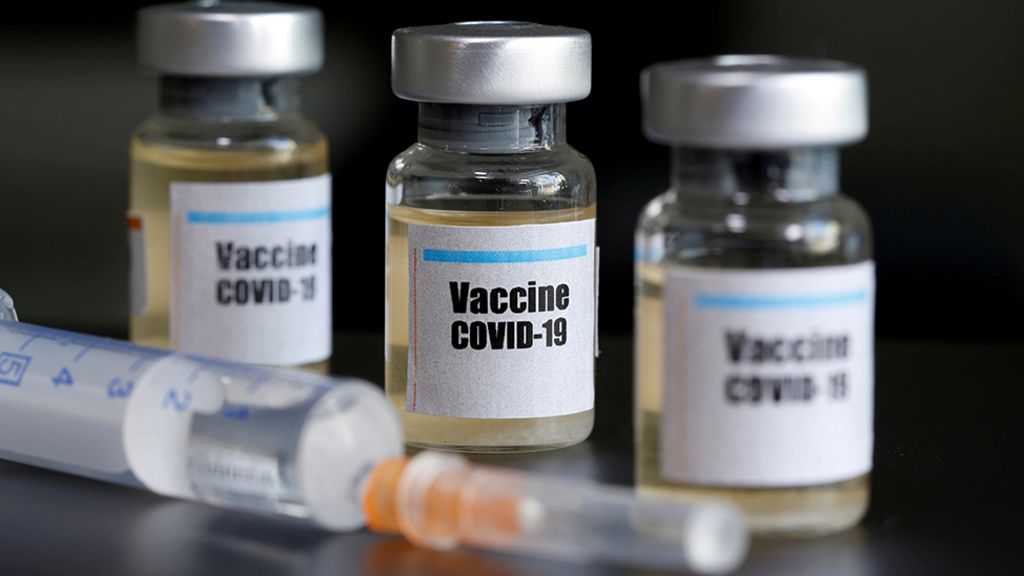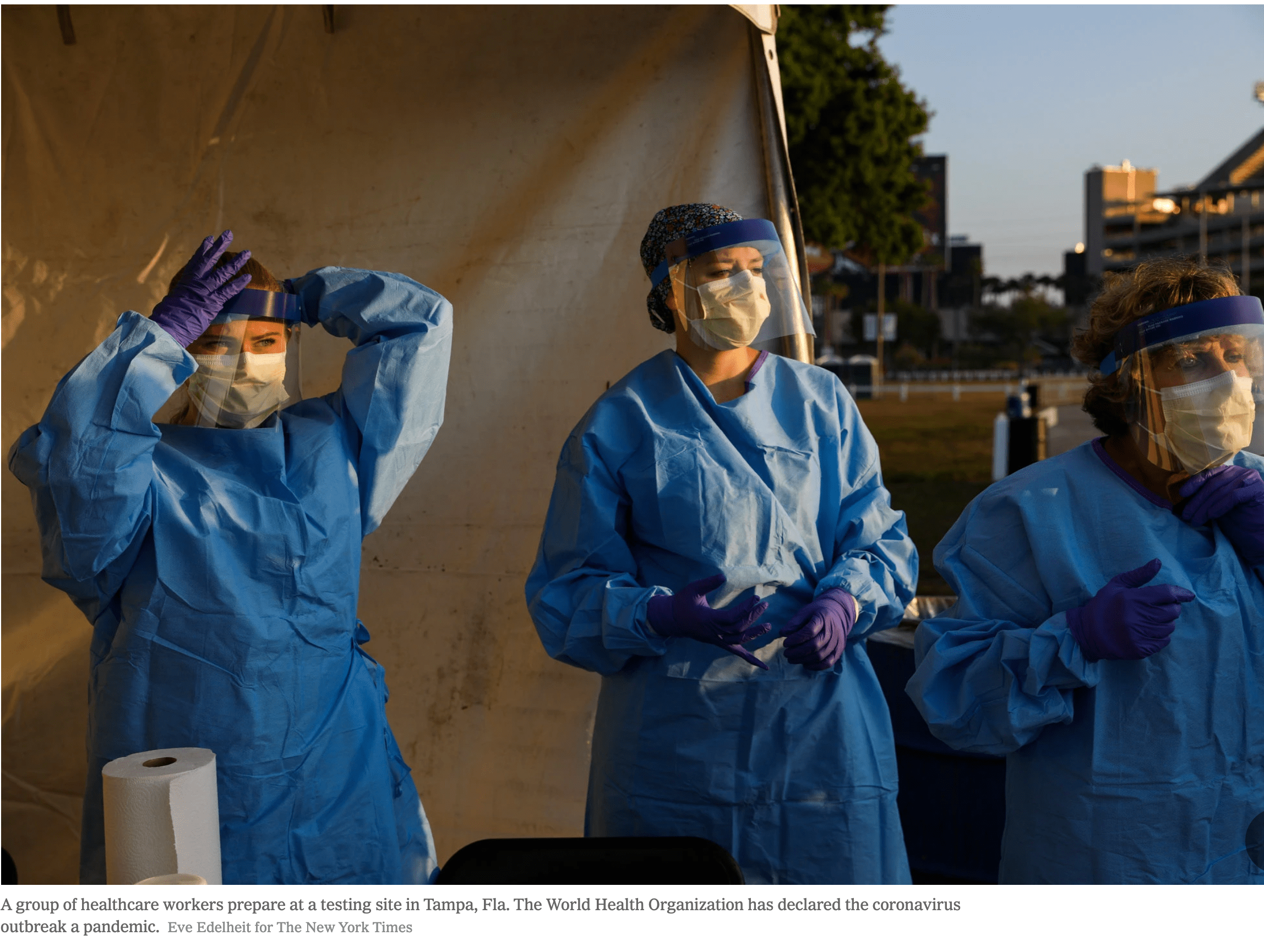
COVID-19 vaccine and the face masks: what to do in 2021?
I got the COVID-19 vaccine! Yeah!!! I am throwing away my masks!
Not so fast…
Face masks, physical distancing and hygiene have been the mantra for 2020. So many reminders of what we can or can’t do that many people are having “pandemic fatigue.” After all, we judge each other by the authenticity and intimacy of relationships. Central to this relationship is the ability to see each other’s faces. The mask tends to block that view!
Therefore, it is not surprising that many customers of EpiLynx Skincare and Cosmetics reached out to us to ask this question about the masks given the role the co-founders play in medicine, science and healthcare.
The evidence is clear that face masks make a difference.
We know for a fact that wearing masks protects you and protects others. Add physical distancing of greater than 6 feet to the mix and you can reduce the risk even further. Add fresh air circulation and the odds of getting COVID-19 go down further. Regardless of all the measures, wearing the right type of face mask that blocks droplets and aerosols is the cornerstone of reducing risk in all situations – the Johns Hopkins School of Public Health website has a great article on what is the right mask. Yet, people have expressed the strong desire to get rid of the face mask upon getting the vaccine. We recommend otherwise…
The graphic below from the a premier U.S. health system website is based on studies of face masks and how it reduces the risk of catching an infection like COVID-19 but is applicable to most airborne diseases like the flu.
I got the COVID-19 vaccine so I should be fine?
Yes. You may be fine but the problem is that until the overall population risk is lowered to a “herd immunity” level those around you may not be fine. So, wearing a face mask is advised because:
- You don’t have instant immunity immediately after getting the vaccine. Your immune system needs time to respond to the vaccine. And, if you are part of a two-shot vaccine like the mRNA vaccines from Pfizer/BioNTech or Moderna (as we have mentioned in our previous blog: What we know about COVID-19 vaccines and allergies…, your best immunity is two weeks after the second injection. Other vaccines which involve one injection may achieve your needed protection a few weeks after the first shot.
- Even if you are developing or have achieved vaccine immune protection, those around you may not have. The vaccines have demonstrated a 90+% effectiveness but not all vaccines will be at this level of immunity. So, there will be some parts of the population who are still vulnerable – those who have not been immunized and the elderly who typically don’t have as robust an immune response as those who are younger.
- While you have a much lower likelihood of getting the COVID-19 disease after the vaccine, you could still be an asymptomatic carrier so that those around you who do not have immunity can still catch the virus, SARS-CoV-2 and get the disease COVID-19. This is not well understood and needs further study.
- Face masks will be an added protection until those in your community achieve “herd immunity”.
What is herd immunity?
The concept of herd immunity, also known as community immunity, is based on how populations are protected when most members of that group have immunity to the infectious agent like a virus or a bacteria. WebMD, a reputable resource, has a great article to read on this concept of herd immunity. There are two ways of achieving herd immunity:
- A sufficiently large portion of the population is exposed to the pathogen and gets immunity so that they have a lesser chance of getting a reinfection. The concept is that those who survive the infection should have adequate immunity. For COVID-19, to achieve herd immunity in this manner will result in an even greater amount of death and illness in the population than what we have today.
- The more popular concept of herd immunity is that a sufficient portion of the population has immunity either through being previously infected and surviving or being vaccinated so that those who have low or no immunity are still protected as the virus or bacteria can not transmit through the population easily given how many people have immunity.
With COVID-19, the most recent estimates are that 80 to 90% of the population needs to have herd immunity to reduce the risk of transmission of the virus.
The virus will continue to mutate.
Recent reports point to a number of new mutations in the SARS-CoV-2 virus that seem to make it more effective at spreading but not necessarily causing more serious illness or death. We have to remember that viruses have a tendency to mutate over time. Some of these mutations give the virus an “advantage”. Given that we don’t know yet if these new strains are covered by the vaccine, it would be prudent for us to wear a face mask while we know more and ensure that herd immunity is achieved.
EpiLynx’s verdict:
After reviewing the available scientific and clinical information, we recommend that to reduce the risk of COVID-19 it would be best to continue wearing face masks after getting vaccinated along with ensuring physical distancing of greater than 6-feet with non-household groups and practicing hand hygiene. We acknowledge that this may be difficult but it is in the best interest of public health and your loved ones to do so until the U.S. Center for Disease Control and Prevention or whichever your local reputable health authority is to guide you to do otherwise. Thank you for keeping yourself and others safe!




Leave a comment
This site is protected by hCaptcha and the hCaptcha Privacy Policy and Terms of Service apply.